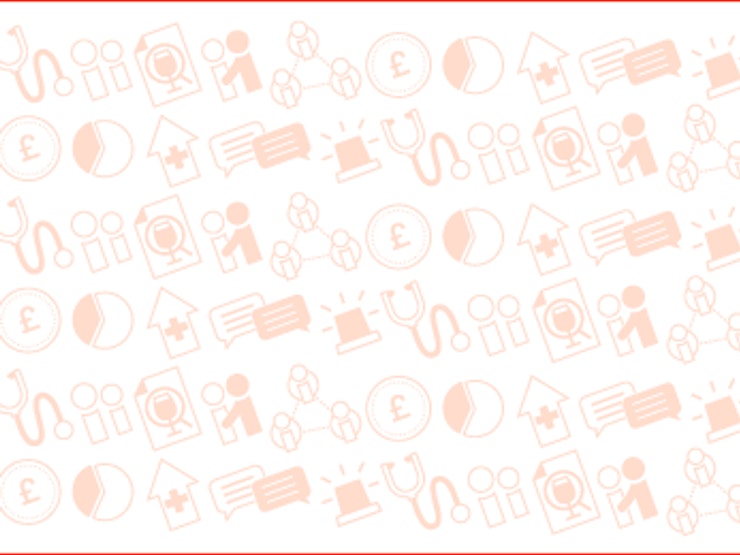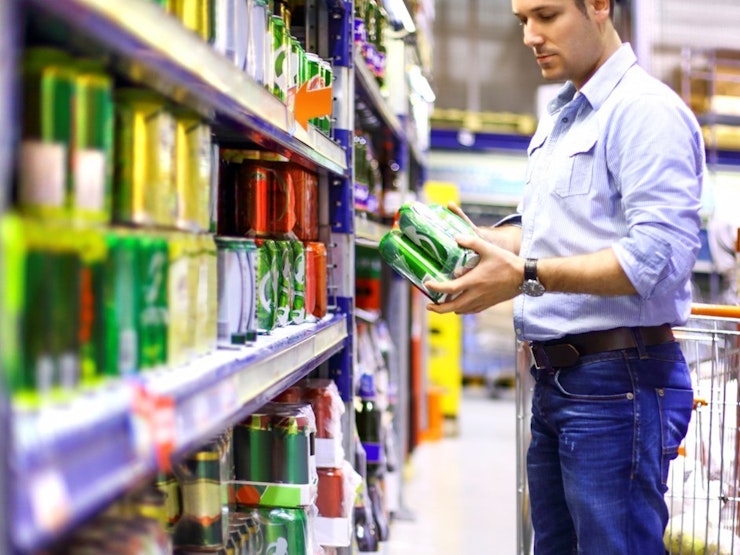Note: This report was funded and/or written by our predecessor organisation, the Alcohol Education Research Council (AERC).
6 October 2001
Researchers:
Ms Holly Blake, Dr Jacqueline Collier, Prof. Leon Polnay, Dr Sarah Armstrong, University of Nottingham.
Key findings
- Early drinking was prevalent with 46% of boys and 36% of girls starting to drink below the age of 15 years.
- Ninety-two per cent of respondents had consumed alcohol at some point in the previous year.
- Over a third of the 16 year olds drank alcohol frequently. Twenty-nine per cent of boys and 26% of girls drank with moderate frequency (two or three days in a week).Very frequent drinking (four or more days per week) was evident in 11% of boys and seven per cent of girls.
- Binge drinking was more prevalent amongst boys than girls, with over a third of boys (36%) and a fifth of girls (20%) classified as binge drinkers.
- Those who started drinking alcohol before the age of 15 were twice as likely to be binge drinkers and almost three times as likely to be frequent drinkers by the age of 16 than those who started drinking aged 15 or over.
- Self-esteem was not related to binge drinking although those with higher self-esteem were more likely to drink frequently.
- Attitudes regarding the effects of alcohol were important, with those 16 year olds agreeing that alcohol has a positive social effect being more than twice as likely to be binge drinkers and three and a half times as likely to be frequent drinkers.
- The 16 year olds who perceived their peers to be frequent drinkers were more likely to be binge drinkers and to drink frequently .
- Parent’s knowledge of their child’s alcohol intake was less accurate if the teenager drank alcohol frequently or engaged in binge drinking. Parents who consumed alcohol more frequently were less accurate in their perceptions. Social class was not related to accuracy.
- The 35% of the 16 year olds who had had sex were almost two and a half times as likely to be binge drinkers than those who had not. Having sex several times or regularly, increased the likelihood to three-fold. Those 16 year olds who had had sex were one and a half times as likely to be frequent drinkers than those who had not. Having sex several times or regularly increased the likelihood to over two and a half times.
- The 10% of the 16 year olds who had engaged in substance use were at twice the risk of being binge drinkers and one and a half times the risk of being frequent drinkers.
- The 58% of the 16 year olds who had ever smoked cigarettes were at more than twice the risk of being binge drinkers and of being frequent drinkers.
Introduction
Early drinking habits are important as studies have shown that drinking patterns developed early in life may influence those exhibited later on. Data were available from the 1970 British Cohort Study (BCS70), a continuing, multidisciplinary longitudinal study which takes as its subjects all those living in Great Britain who were born between 5 and 11 April 1970. The aim of the study was to examine age of initiation of alcohol consumption and identify the prevalence of excessive and frequent drinking at age 16. Parent and peer drinking habits were examined in relation to the 16 year olds’ alcohol consumption. Parent’s knowledge of their child’s drinking habits was also investigated. Links with self-esteem, smoking, substance use and sexual activity were explored.
Definitions
Binge drinkers were defined as those 16 year olds who consumed an average of four or more units in a session. Frequent drinkers were defined as those 16 year olds who consumed alcohol on two or more days per week.
Implications
- Early introduction to alcohol increases the risk of established alcohol habits by the age of 16 and therefore interventions should be targeted at teenagers below the age of 15.
- The influence of parents and peers drinking habits is strong. Social networks with fewer people consuming excess alcohol would probably have a positive effect on the teenager.
- Prevalence rates for problem drinking varied depending on whether amount of alcohol consumed or frequency of alcohol consumption was considered. More 16 year olds engaged in binge drinking than frequent drinking. The risks associated with different patterns of drinking should be investigated with regards the medical risks, maladaptive behaviour patterns (crime, violence) and accidents associated with binge or frequent drinking.
- Targeting intervention through parents is unlikely to be helpful as their estimates of their child’s drinking are inaccurate and influenced by their own beliefs and behaviours.
- The link between alcohol consumption and early sexual activity raises the issue of associated risks such as teenage pregnancy, foetal alcohol syndrome and sexually transmitted disease.
- The strong link between teenage drinking, smoking and substance use raises the issue of whether health promotion should focus on individual habits and their risks or common factors that make an individual vulnerable to multiple deviant behaviours.
Further information
It is important to recall that these data refer to the behaviour of 16 year olds in 1986. However, it is likely that prevalence rates have increased since this time with the availability of ‘alcopops’ and similar products.
Data regarding drinking habits is only available for approximately one third of the original sample. However, prevalence rates are likely to be under-estimated rather than over-estimated due to the under-representation of various groups (including males and lower classes) in the sample.
In future research longitudinal links between drinking behaviours at age 16 and adult drinking patterns will be investigated using data from the age 30 phase of BCS70.

